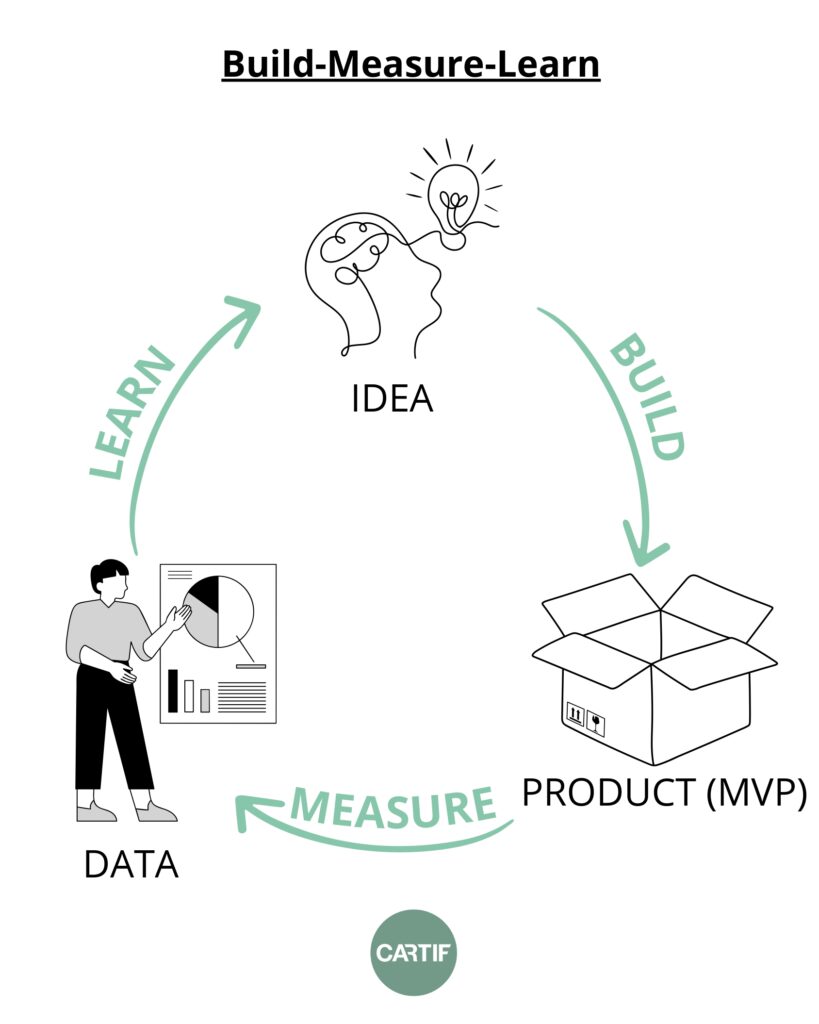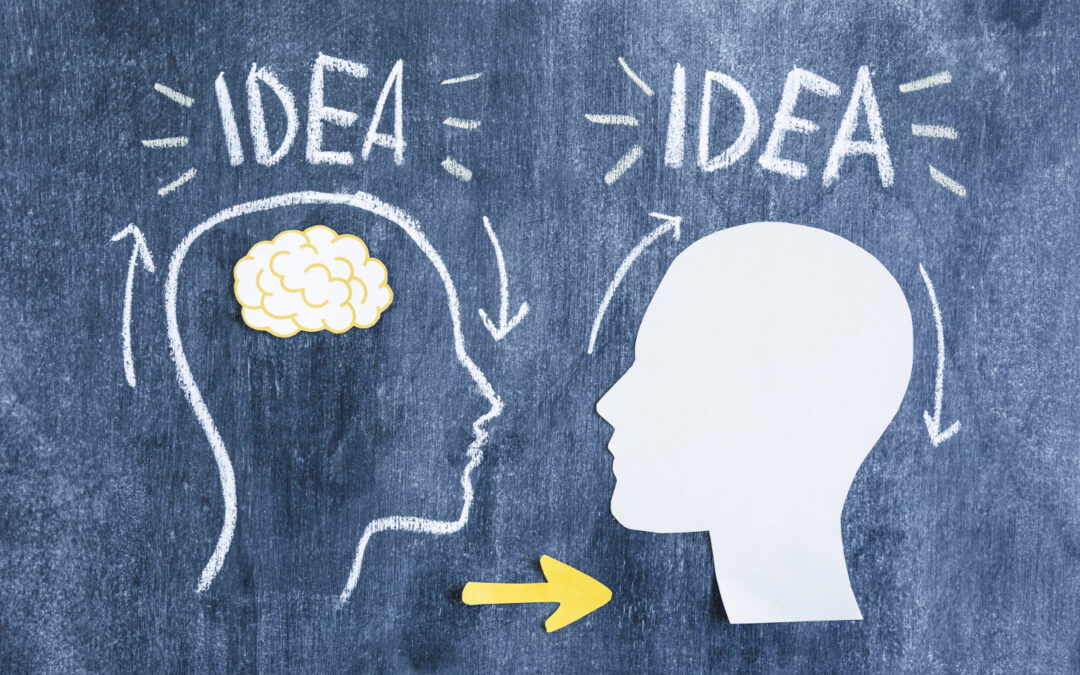Isaac Newton, working from an eminently mathematical foundation, made it clear more than 300 years ago that the most solid way to understand the world is to formulate hypotheses and gsubject them to experimentation and observation, in order to empirically conclude wether they hold up or not. Thanks to this method, we have achieved unthinkable milestones: preventing and curing diseases that once devastated us, reaching the moon, and even allowing you to read this from anywhere on the planet.
For 21st century engineers, this story may sounds repetitive. However, today it´s more necessary than ever not only to hear it, but to listen to it and reflect on it. Our profession consists of designing and developing products and services- in the broadest sense- that solve real problems for people. Clearly, we try, but with some perspective, too many cases emerge in which we invest our most valuable resources (time, money and energy) in perhaps brilliant solutions…that no one wanted.
“The most solid way to understand the world is to formulate hypotheses and subject them to experimentation and observation”
The result is often waste, demotivation and, at best, learning. Very expensive learning. Isn´t there a cheaper way to achieve the same lesson? Yes: the Build-Measure-Learn cycle. This approach, popularized by Eric Ries in his book The Lean Startup, is equally applicable to engineering, where early hypothesis validation can save huge amounts of resources. The dynamic is simple: we start with a hyptohesis (that point of convergence between the creator´s vision and what the client could accept) and design an empirical and frugal way to obtain tangible observations that validate or refuse that hypothesis.

The sequence is: Idea; Build (product); Measure; Data; Learn; New idea. The objective isn´t to “guet it right the first time”, but to minimize the resources neede to achieve useful learning. The tool that best optimizes this cycle is the MVP (Minimum Viable Product): a product simple enough to generate measurable results as quickly as possible, convert them into data, extract clear learning from them, and thereby validate or reject the initial hypothesis.
For it to work, it takes more than just method. It takes intellectual humility. Sometimes the “brilliant idea” was nothing more than a fantasy and it´s time to pivot. Just as empiricism helped us abandon geocentrism, spontaneous generation, humoral theory or witchcraft, perhaps its time to return to that same apporach to test the hypothesis on which we build not only our profession, but also our society.
In short, less faith in our assumptions and more respect for the evidence. Let´s build small, measure earliy, learn fast. And, if necessary, change course before continuing to invest in something no one is expecting.
🤝 Looking for a technology partner to develop your idea? Contact our team.
- Build, measure, learn and repeat - 24 October 2025
